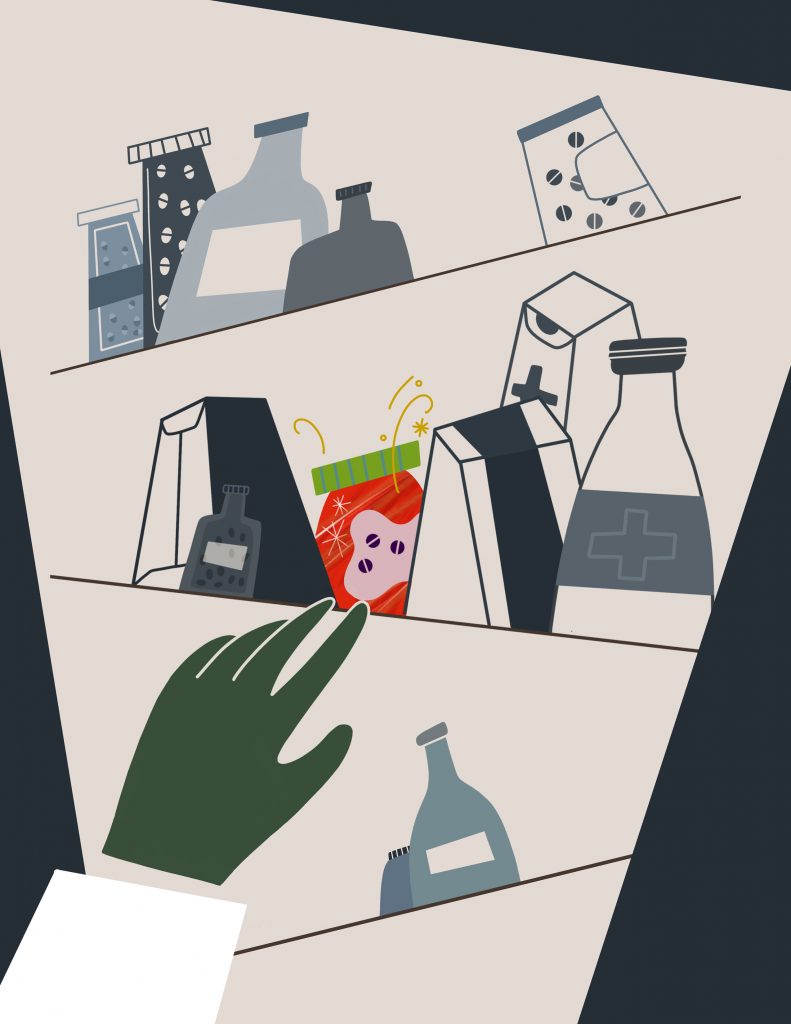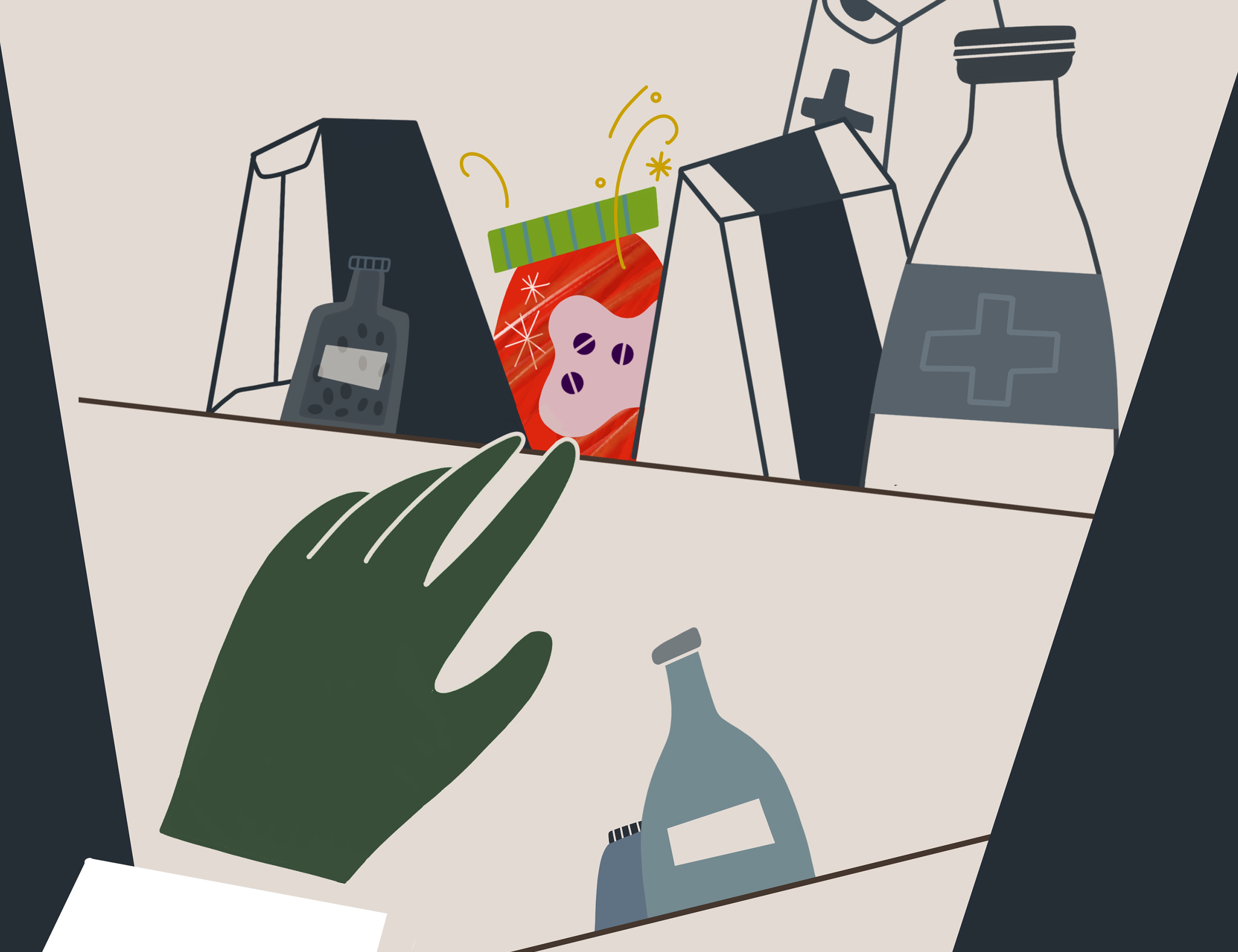James Casey remembered the fireworks. The painted skies of his childhood filled him with wonder and joy. But everything changed when he was deployed to Kandahar, Afghanistan. As a US Army Medic, James saw the horrors of war: disfigured, Cronenbergian bodies that barely resembled human form, lifeless eyes, and still hearts. When James returned, he found that his world had changed. Everywhere he went, loud noises reminded him of Kandahar. Especially fireworks.
James tried traditional therapy, but his post-traumatic stress disorder (PTSD) remained ever-present. Eventually, he sought treatment from an untraditional source: MDMA-assisted psychotherapy. Over a span of five weeks, James underwent three eight-hour therapy sessions with assistance from MDMA. “It gave me my life back,” he recalled after receiving treatment. “I did a year and a half of therapy before MDMA, but with MDMA, it was like a year and a half of the previous therapy in one day.” By participating in this experiment, James became part of the national movement to recognize MDMA-assisted therapy as a legitimate treatment for PTSD. As trials move into their final stage, America is on the verge of knowing whether medicinal MDMA has the opportunity to revolutionize PTSD treatment. If evidence suggests that the treatment is viable, the US government must reconstruct the legal framework for MDMA to allow for the proliferation of this groundbreaking therapy.
MDMA is often known as the “heart of the party.” While the substance is a key component of the street drug “molly” and has become tied to today’s global rave culture, it was first used for medical treatment. During the 50s and 60s, a series of academic papers investigated MDMA’s potential to treat conditions like addiction and depression. Yet when the Drug Enforcement Administration (DEA) classified the drug as Schedule I in 1985, the study of MDMA and the larger field of “psychedelic therapy” went underground. According to New York University psychiatrist Stephen Ross, the study of medical psychedelics became “so taboo” that “it was essentially erased” from the mainstream.
Over the past few decades, however, organizations such as the Multidisciplinary Association for Psychedelic Studies (MAPS) have experimented with a new treatment: MDMA-assisted psychotherapy. The treatment consists of two to three therapy sessions, each lasting between eight and ten hours. Before the start of each session, patients ingest a dose of pure MDMA under the supervision of two trained psychotherapists. The drug is not the treatment itself but rather a tool to increase patients’ comfort while discussing past traumas. Because MDMA increases the release of hormones strongly associated with trust and bonding, patients are often more willing and able to revisit and discuss their memories. Furthermore, the drug may dampen activity in the amygdala, which is associated with fear and memory. This process allows patients to disassociate from their trauma so they can confront it without being overwhelmed.
MDMA-assisted psychotherapy represents a potential breakthrough in treating PTSD, which has been notoriously resistant to traditional treatment. Studies have found that for 30 to 40 percent of patients, even the most specialized therapy treatments do not help. While PTSD can affect any survivor of intense emotional or physical stress, it most commonly affectswar veterans and survivors of sexual assault and abuse. The condition can severely disrupt people’s lives, too, causing anxiety, insomnia, and depression, among other ailments. Furthermore, it is shockingly common: One in thirteen Americans will experience some form of PTSD during their lifetime.

The initial research for PTSD-assisted psychotherapy looks promising. Just two months after Phase II clinical trials, 83 percent of participants were no longer diagnosed with PTSD. Veterans, firefighters, and police officers composed the core of these trials, demonstrating the drug’s potential to address different types of trauma. When MDMA-assisted psychotherapy transitioned to Phase III trials in 2017, it became the first psychedelic therapy to reach the last step of medical testing before public use.
In 2019, the FDA approved MAPS’ request for “Expanded Access,” increasing the study’s scope and demonstrating the government’s belief in the treatment’s potential. The trials will include groups of 200 to 300 people in at least ten locations. They will also investigate safety concerns that did not come up in previous trials. But in its isolated form, MDMA presents “no serious risk” of addiction or brain impairment. Results from the investigation will be released in 2021, potentially allowing MDMA-assisted psychotherapy to become a prescriptive treatment by 2022.
Ultimately, if the evidence suggests that MDMA-assisted psychotherapy helps people treat their PTSD without physical side effects, the US government should revisit the drug’s legal status. Under the supervision of a medical professional, MDMA has the potential to liberate people from the chains of trauma and help them reclaim their lives. Furthermore, because participants only consume the drug in therapy sessions, the risk of the drug “leaking” into the rest of society is small.
However, even if the FDA gives MAPS permission to practice MDMA-assisted psychotherapy on a broader scale, barriers will still exist. Because MDMA has been on the list of Schedule I drugs for over 30 years, its use has been criminalized at the national level and highly stigmatized. The classification of MDMA as a substance with no accepted medical use could also allow insurance companies to deny coverage for the treatment, effectively making it available only to the wealthy. If the status quo does not change by 2021, MDMA-assisted therapy would likely resemble the state of medical marijuana in the US – available to some, but not all, who need it. Additionally, some are concerned about the role of pharmaceutical companies if the treatment becomes legalized. Although such concerns are valid, proponents of the process argue that because MDMA’s patent expired, it is less likely that the industry will become corporatized. According to this argument, American pharmaceutical companies will be unable to monopolize the therapy’s profits, disincentivizing incursion.
To the government’s credit, it has already backtracked on its decades-old view that MDMA has no medical benefit by authorizing preliminary trials. MAPS’ Phase II research suggests that MDMA-assisted psychotherapy could revolutionize treatment for a condition that has been resistant to treatment. At the very least, the government should remove MDMA from the Schedule I list. Decriminalization might also pave the way for research into other stigmatized drugs with potential medicinal uses, such as psilocybin. But unless alterations are made to current law, evidence-based medical applications of the drug will remain unrealized. If the research shows positive results, the US government must take active steps to admit the mistakes of its blanket ban of MDMA. Time will tell whether thousands of patients like James Casey will be able to watch fireworks in peace.
Illustration: Diana Kim ’20
